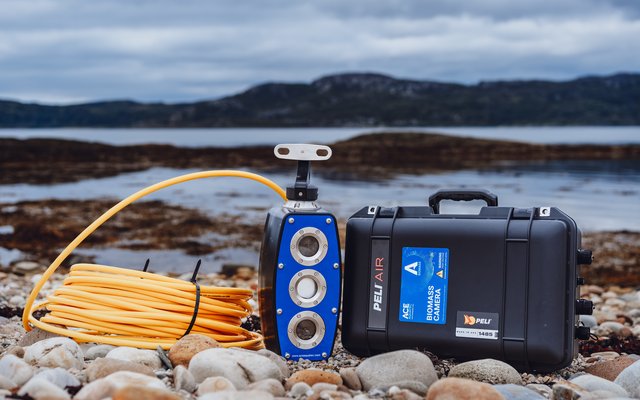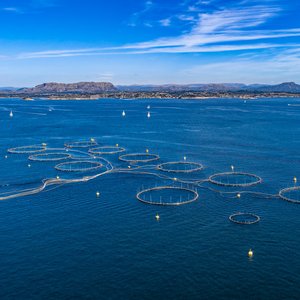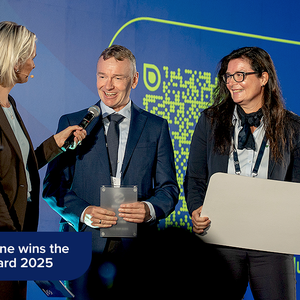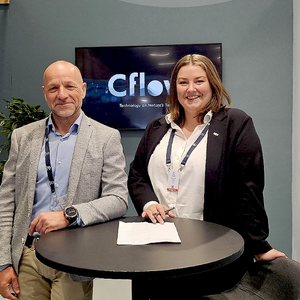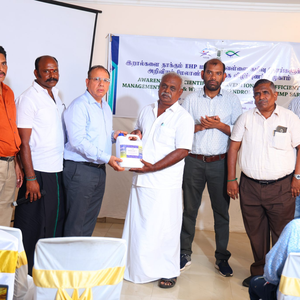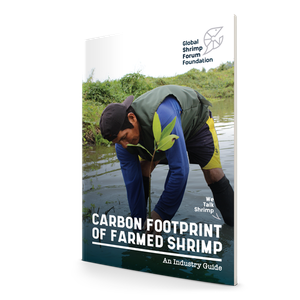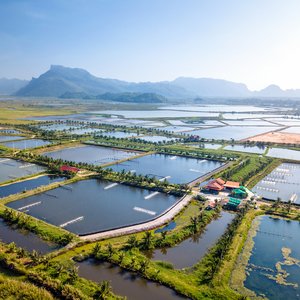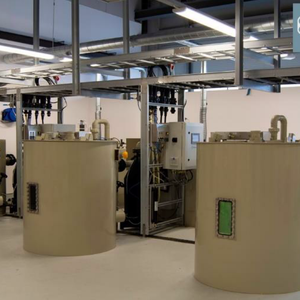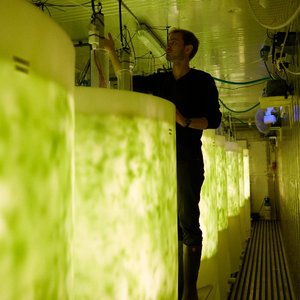Ace Aquatec, has announced several significant developments across its AI technology suite. The company has successfully brought five species-specific modules and new health and harvest monitoring tools for its product A-BIOMASS® AI-powered underwater camera to market since launch. The company added: “These specially trained modules have been designed for use with Atlantic salmon, trout, yellowtail, chinook salmon and char.”
Developed with specific markets in mind, the new modules have already yielded good results for clients:
- The trout module was tested in Scotland where it achieved an 98% accuracy against harvest results.
- The yellowtail module was deployed in Australia in low-light conditions and achieved accuracy levels of 98% within a few days of deployment.
- In New Zealand, the module for chinook salmon was released last year and has achieved 99% accuracy.
- Atlantic salmon customers in the UK and Chile also see consistent results within 1-2% points from harvest.
Ace Aquatec’s new health module is based upon LAKSVEL’s welfare indicators, a standardized, operational welfare monitoring protocol for Atlantic salmon held in sea cages. The AI camera identifies and records welfare indicators, providing a range of information on fish conditions and externally observable health status, such as wounds and maturation, enabling farmers to detect and treat disease at an early stage, meaning fewer instances of disease and overall improvements in fish health.
In addition to these developments, Ace Aquatec has also deployed its proprietary A-HARVESTCAM® module at harvesting sites in Scotland. This innovation allows real-time average weight, distribution of fish count and weight classes measurements at harvest. This module will also feature a more advanced graded harvest estimator, allowing farmers to digitally grade their fish population based on known or accepted split weights, providing further accuracy to harvest predictions.
Nathan Pyne-Carter, CEO of Ace Aquatec, said: “The developments in Ace Aquatec’s AI offering for fish farmers demonstrate the breadth of opportunity across the globe to harness technology that not only improves efficiency across operations but brings welfare of farmed fish to the highest standards. Pyne-Carter also added: “Our customers are already seeing improvements across their farms in welfare, fish quality and safety of staff on site. With the ability to monitor remotely across species and locations, our vast data sets will offer real time information at every stage of the farming process.”


